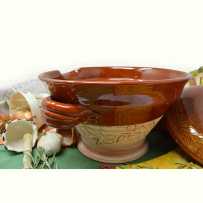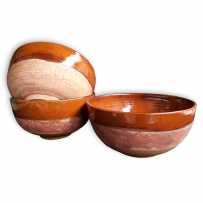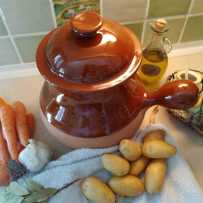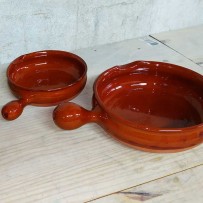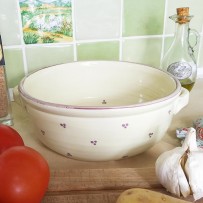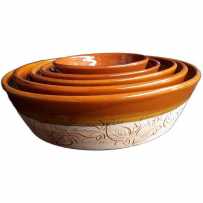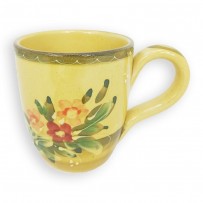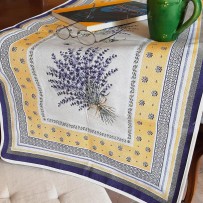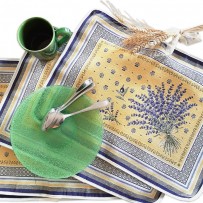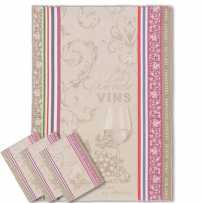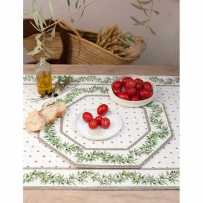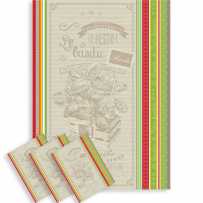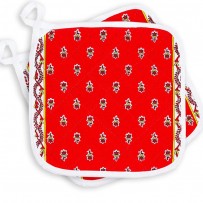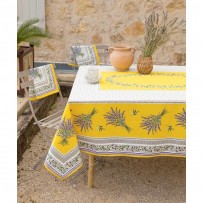Daubiere pot made in Vallauris, Provence
 Read the 38 reviews
Read the 38 reviews

There's no better way to cook healthy!
Ideal cookware for baking dishes of meat and vegetables in the oven.
It is made on demand in Vallauris by a potter craftsman.
The piece of ceramic is stamped. We provide instructions for use...
Description & Product Details >>
Customize your crockery!
by indicating in your order the name or the date to be affixed to the back of the items.
For a personal quote, please Contact Us
Coordinates & accessories
A handmade production
This earthen daubiere is modeled, cooked, dried and decorated in Vallauris by one of the last potters of Vallauris. The well-known city of ceramics was a place where Picasso loved to make artistic potteries. The whole manufacturing process is done by hand following the ancestral gestures of the potters of yesteryear. It has a very particular shape that requires dexterity and control.
The pottery is first turned and modeled in the clay, then it dries before a first oven cooking to turn solid. Then it is glazed with a brown enamel on the inside and the top of the pot, including the neck, to make it waterproof and prevent water loss. Finally, it’s annealed at around 1000 ° C to fix the finish. It’s a long process that requires patience, especially when the weather comes to hinder the work of the potter: indeed, the drying time depends on the ambient humidity. But if it’s too dry, the pottery is then more brittle and difficult to handle. In other words, the weather plays a very important role in the manufacture of ceramics.
Provencal cooking pot
This is a traditional terracotta container in Provence, antique french cookware used for a long time to cook the famous Provencal daube of which we give you the recipe below. Its shape is designed to contain pieces of meat and vegetables for a stew. The daubiere is wide at its base, like a small casserole, then narrows at the neck to maintain the moist heat of vegetable water. A pierced rim lid is used to collect the marinade to add to the preparation automatically.
Recipe of Provencal daube
Several versions of Provencal stew come from different parts of Provence: there is the daube of Avignon, the daube of Nice and the comtadine daube. Each has variants, but the basic recipe remains the same, and always delicious. Check out our family recipe of the daube on our blog and give your opinion!
Product Details
- Height
- 7.9 in, 10 in
- Diameter
- 7.5 in, 10.6 in
- Volume
- 0.8 gal, 1.32 gal
- Weight
- 8 lb, 10 lb
Manual
1 - Before first use (culinary terracotta only)
Before using your culinary pottery for the first time, we recommend to soak your pottery and its cover overnight in cold water and then to air dry thoroughly.
Then rub it with a clove of garlic and let stand for at least 5 hours.
Before use, clean it by hand, preferably with liquid Marseille soap or a diluted commercial detergent. Once dry, your terracotta pottery is ready to use.
2 - To avoid thermal shocks
Glazed terracotta and earthenware, like any ceramic, are materials sensitive to thermal shocks and can be damaged irreparably. Here are some tips to avoid breakage.
- 1st tip: Not empty!
Never heat or reheat a pottery utensil when it is empty. We recommend placing preparations or food inside, or at least a glass of water, before placing your dishes in the oven or on a cooking source.
- 2nd tip: Cold start
Whatever the heat source, you should always start your cooking in a cold oven, or on a small fire with a heat diffuser. Covered pottery retains heat and loses very little energy. You can heat up slowly. The earth gently cooks the stewed preparations, giving them back their water. These remain soft and tasty. There is no point in raising the temperature sharply. If you adhere to this principle, you can simmer unattended for a long time. Finally, do not use your pottery for quick cooking (roasting meat, for example). It is not appropriate. Prefer utensils made of iron, cast iron, etc, instead.
- 3rd tip: Do not put on a cold surface after cooking
Provide a tea towel, a cork or wooden trivet, and avoid placing it directly on a work surface. The temperature difference between very hot terracotta and a cold surface could create a shock causing cracking. Likewise, never pass from the oven to the refrigerator or vice versa. It would be fatal for your ceramic. Also, do not leave your terracotta or earthenware dish next to a cooking point. The proximity of a very hot temperature can crack the ceramic.
3 - How to clean your pottery
Even if you are using the dishwasher, you must handle your dishes avoiding any shocks. For hand cleaning, avoid metal pads and abrasive sponges. It is better to use natural detergents, such as Marseille soap products. Always rinse thoroughly, especially for utensils that have an unglazed part. You must allow your ceramic to dry completely before storing it. Place the lid separately, or staggered to prevent airtight closing while your dishes are resting. This will help prevent mold, as the terracotta retains moisture.
Thanks to these recommendations, you will rediscover the true flavor of your recipe in this natural earth, and the pleasure of sharing it at dinner.
Quality Service
REMEMBER PROVENCE
10 other products in the same category:
Questions
Indeed, we do not use the flour paste technique in Provence. There's a small hole in the lid with rims to let the moisture go out and go back down the preparation. It's a question of keeping the daube very juicy and not burning.
Pourriez vous me donner le diamètre de la base de vos daubières en 3 et 5 L afin que je puisse vérifier leur compatibilité avec mon foyer ?
Merci d'avance,
Bonne journée
Le diamètre de la base des daubière est d'environ 16 cm pour la 3L et 21 cm pour la 5L.
Peut on utiliser la daubiere sur des plaques électriques ou à gaz, et peut on mettre de l'eau dans le couvercle
si nous faisons la daube sans marinade ????
Merci
Bonjour Sandrine,
Oui, il est tout à fait possible de l'utiliser sur des plaques de cuisson quel que soit le revêtement pourvu que le fond de la poterie soit protégée de la chaleur directe. Nous recommandons de placer sous la daubière un diffuseur - mijoteur si vous en avez un, ou une simple poêle qui servira d'écran. Toujours démarrer à petit feu, puis augmenter progressivement pour éviter les chocs thermiques.
D'autre part, vous pouvez mettre de l'eau dans le couvercle , qui aura pour effet de réhydrater votre préparation automatiquement.
Le daubier en terre cuit est à combien litre svp?
Merci d'avance,
Bonne journée
Judit
Bonjour,
Merci pour votre question pertinente ! Elle peut contenir environ 5 litres. Nous allons rajouter cette caractéristique dans la fiche technique.
Nous restons à votre disposition. Bonne visite !
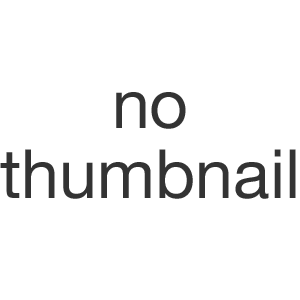


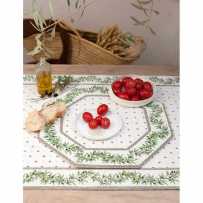
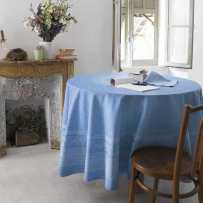
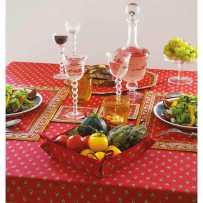
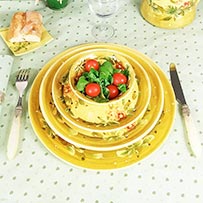
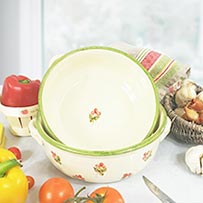
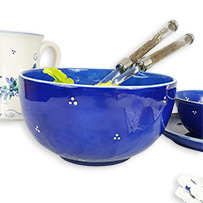
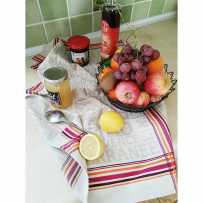
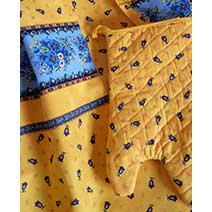
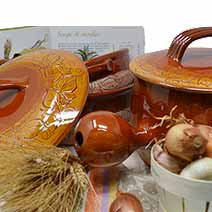


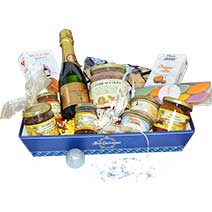
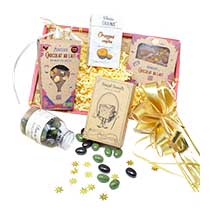
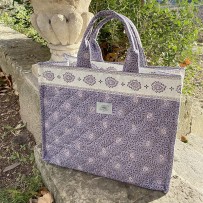
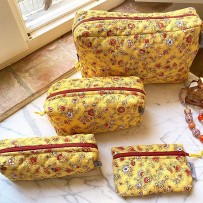
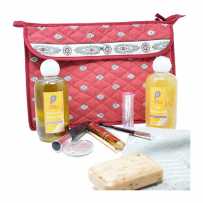
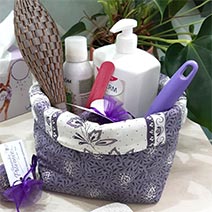
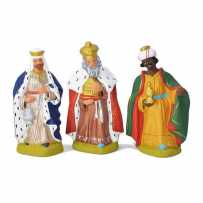
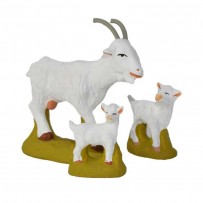
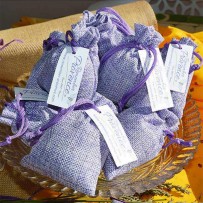
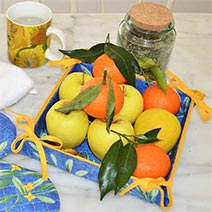



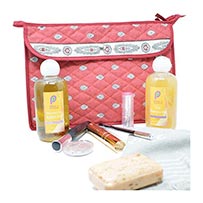
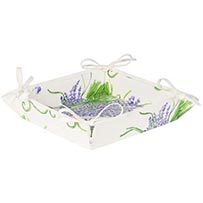
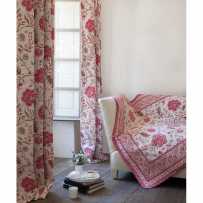

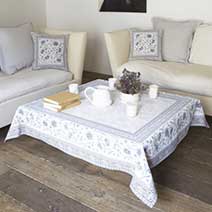

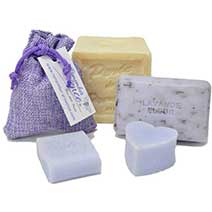




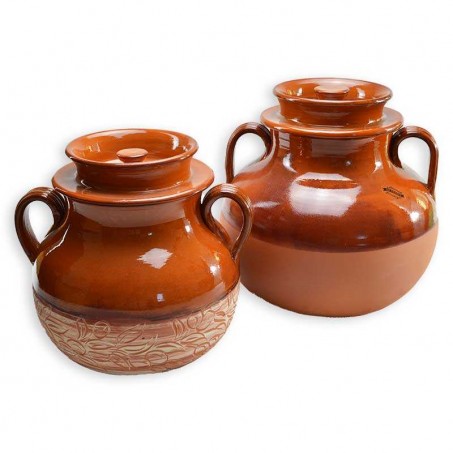








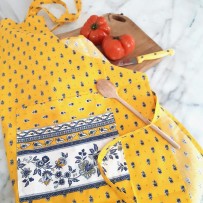
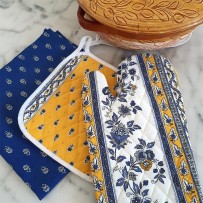
 (36)
(36) (1)
(1) (0)
(0) (0)
(0) (1)
(1) (0)
(0)

